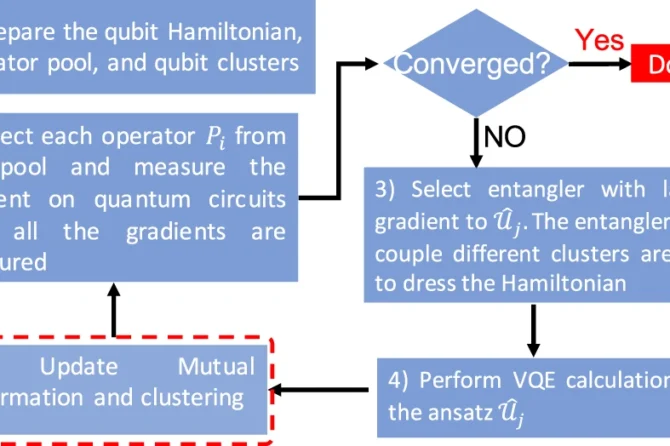Physicists from Julius-Maximilians-Universität Würzburg (JMU) in Germany, in cooperation with the Technical University of Sydney in Australia have now succeeded for the first time in experimentally demonstrating so-called spin centers in a boron nitride crystal.
In the layered crystal lattice of boron nitride the physicists found a special defect — a missing boron atom — which exhibits a magnetic dipole moment, also known as a spin. Furthermore, it can also absorb and emit light and is therefore also called color center. To study the magneto-optical properties of the quantum emitter in detail, JMU scientists have developed a special experimental technique that uses the combination of a static and a high-frequency magnetic field. Because it has a spin and additionally absorbs and emits light, it is a quantum bit (qubit) that can be used in quantum sensing and quantum information.
The results have been published in Nature Materials.

